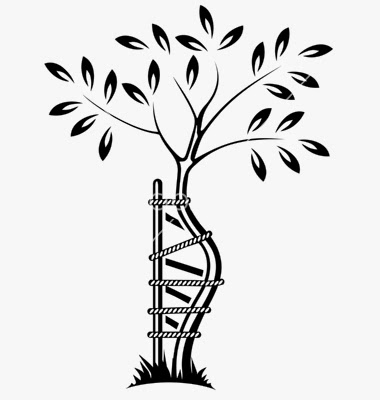CHAPTER 1 : Basic Microbiology
01) Introduction to Medical Microbiology
CHAPTER 2 : Genetic Microbiology
02) Introduction to Genetic Microbiology
03) DNA Functions in Microbiology
04) Genetic Variations and Gene Rearrangements
05) Extra Chromosomal Elements
06) Gene Transfer
07) Cloning Strategies
08) Molecular Techniques Used in Diagnosis Microbial Diseases
CHAPTER 3 : Basic Bacteriology
09) Bacterial Cell Structure
10) Bacterial Growth Requirement
11) Bacterial Products
12) Bacterial Reproduction
13) Bacterial Growth Curve
14) Bacterial Infection
CHAPTER 5 : Medical Bacteriology
15) Genus Staphylococci
16) Genus Streptococci
17) Genus Neisseria
18) Genus Bacillus
19) Corynebacterium
20) Genus Clostridium
21) Mycobacterium
22) Lactose Fermenters Enterobactericae
23) Non Lactose Fermenters Enterobactericae
CHAPTER 6 : Medical Mycology
00) Introduction to Medical Mycology
00) Classification and Diagnosis of Fungal Infections
00) Superficial Fungal Infections
00) Candidal Infection
00) Subcutaneous Mycosis
00) Systemic Mycosis
00) Mycotoxicosis
CHAPTER 7 : Medical Virology
CHAPTER 8 : Nosocomiology
CHAPTER 9 : Basic Anti-Microbial Agents
00) Antibiotic Agents
00) Drug (Antibiotic) Resistance
00) Antibiotic Drugs Used in Combination
00) Anti-Fungal Agents
00) Anti-Viral Agents
CHAPTER 10 : Clinical Microbiology
00) Normal Bacterial Flora in Man
00) Acute Diarrhea in Childhood
00) Food Poisoning
00) Endocarditis
00) Blood Stream Infections
00) Pneumonia
00) Meningitis
00) Otitis Media
00) Sore Throat
00) Conjunctivitis
00) Urinary Tract Infection
00) Surgical Site Infection
00) Genital Tract Infection
00) Encephalitis
00) Water-Borne Diseases
00) Milk-Borne Diseases
00) Osteomyelitis and Septic Arthritis
00) Infection in Pregnancy
00) Mother to Fetus/Newborn Transmitted Diseases
00) Pyrexia of Unknown Origin
00) Arthropods Transmitted Diseases
00) Opportunistic Infections
00) Zoonosis
00) Bacterial Toxigenic Diseases
00) Organisms Associated with Skin Ulcers
00) Skin Lesions Associated with Viral Infection
00) Organisms Associated with Skin Infection
00) Viral Hepatitis
00) Infection Causes of Jaundice



.png)





